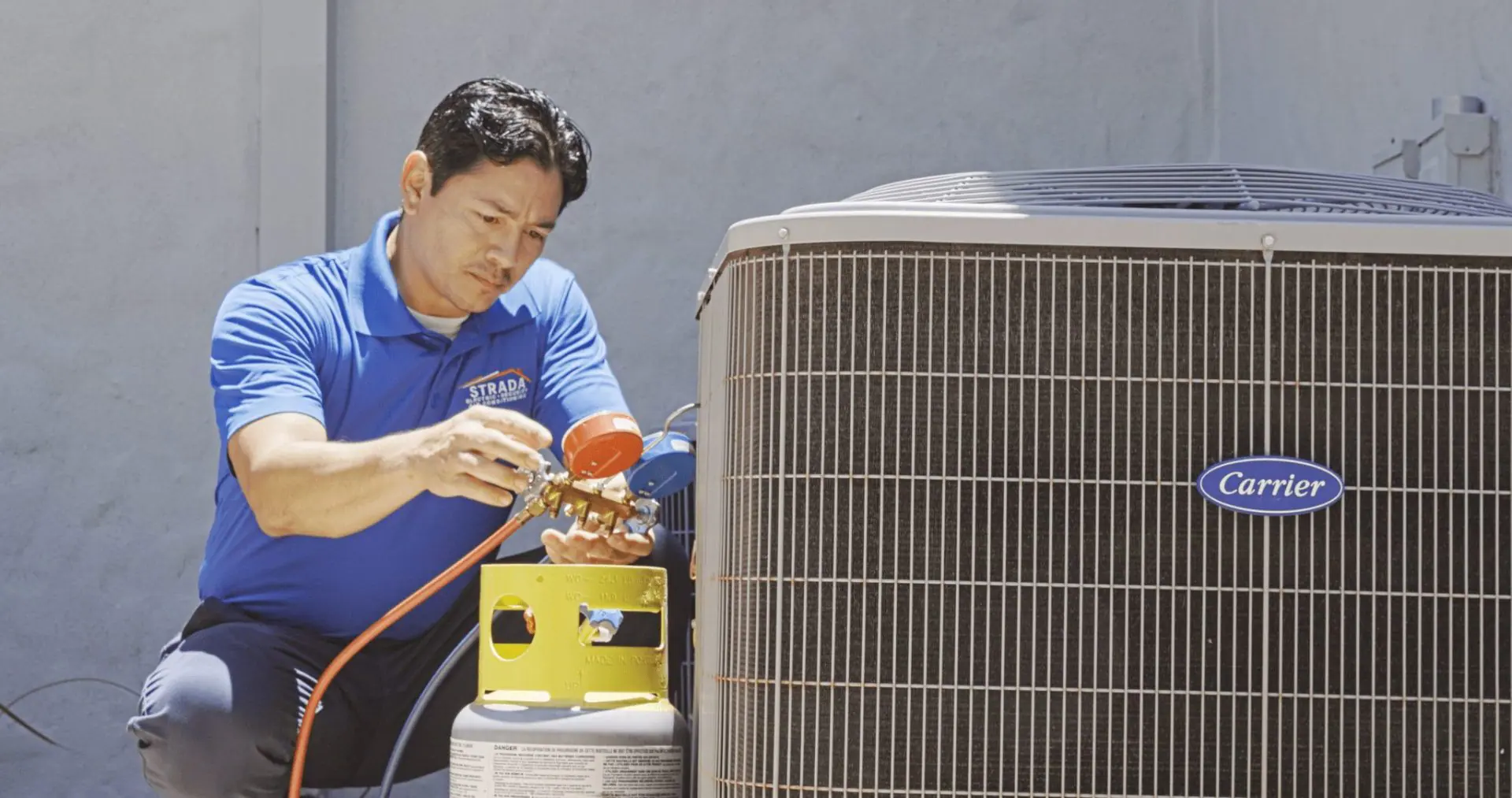What You Need To Do To Be Your Own Home Energy Inspector
The biggest source of wasted energy in and around your home is almost certainly associated with heating and cooling. Independent advisors agree that your HVAC system is the largest energy hog, yet few of us pay any real attention to ways to mitigate these costs.
While it would be nice to get an independent home energy Inspector to come and have a look at your property, sometimes it is not practical to do so. If the service is offered by your local utility company, you might want to consider using it. However, you could be quite a diligent inspector yourself if you pay attention to a few specific areas.
The first job is to locate any leaks. Did you know that you can save as much as 30% of your HVAC costs per year if you do so and you also won’t have to worry about being in a draft whenever you want to sit down and watch a movie. Once you have found all the problem areas you can prioritize them if you’re not able to tackle them altogether.
When you take on the role of home energy inspector, here are some of the first suspect areas. Look around the baseboards or around flooring to see if there are any gaps. Also, look up to see if there are any gaps where walls meet the ceiling.
You also need to look at a variety of not so obvious sources when you’re looking for potential air leaks. For example, wherever you see switches or electrical outlets, remember that there is a hole behind which leads to an area that is not conditioned by air and consequently can be a significant cause of a draft.
If you have an attic, are all the hatches secure? If you have a fireplace, are the dampers closed when not in use. You would be amazed how much money you can waste before you know it, or before you realize that there is a significant issue.
The list is quite extensive when it comes to places where air could leak. Wherever wires go from one room to another or pipes go through walls, or where the foundation is simply not sealed properly.
When you have completed your role as a home energy inspector you will need to prioritize your problems. Some of them can be taken care of fairly readily, by caulking for example, but if you have significant problems around doors and windows you might want to consider using a purpose made draft stopper. These are made to fit into any particular area and are highly cost-effective.


